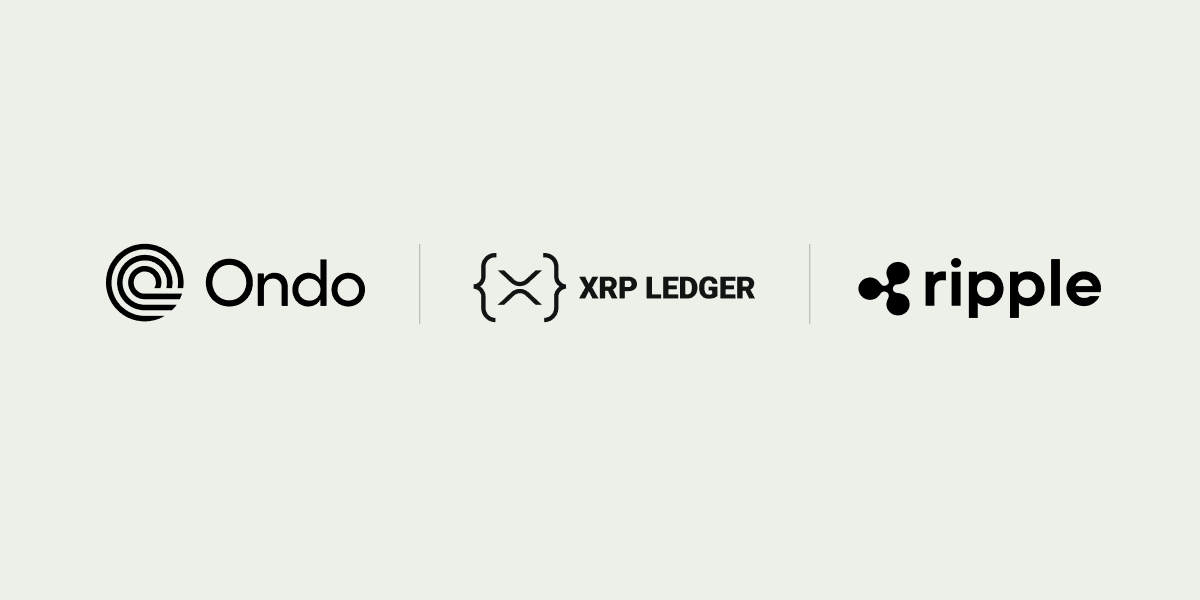More remitters than ever are sending money home to their loved ones. In the Asia-Pacific (APAC) region alone, the World Bank reported a 12% growth in remittance flows in 2018—and roughly 2 billion remittance transactions take place in the region each year. While this rise of global remittances is significant, what is more astounding is the clunky and expensive services that remitters still face every day.
Blockchain technologies offer a way to replace decades old infrastructure and a seamless experience for global payments businesses and their customers—complete with the speed, transparency, reliability and access people have come to expect from services like email.
The Asia-Pacific (APAC) region is seeing significant growth in remittances, yet the high cost of cross border payments leaves remitters with few options. In this series, find out how you can build differentiated value propositions in this market.
Growing Market Demand
The APAC market is ripe for digitalization to dramatically improve the process of sending global payments for consumers. Remittance flows to low- and middle-income countries such as the Philippines and Thailand achieved a record high of $529 billion in 2018 and are expected to reach $550 billion in 2019, becoming their largest source of external financing.
The Philippines specifically is the third largest remittance-receiving country in the world. With more than 10 million Filipinos working abroad, there is a massive inflow of remittances from workers sending their earnings home. Remittance inflows fuel the country’s consumer spending, solidify its foreign currency reserves and promote local investment in a nation that still has a majority rural population.
Conversely, the stronger Australian and Thai economies attract a significant number of migrant workers, who send transfers to their home countries on a routine basis. Australia’s remittance outflows of $7.2 billion totaled 0.5% of the country’s GDP in 2018. Rather than serving as a net recipient of remittances, Australia is a net sender of remittances to China, India, Vietnam, the United Kingdom and the Philippines.
Similar to Australia, Thailand has become a major destination for foreign workers who are seeking more stable employment. However, Thailand is also a rapidly developing nation. As such, the country’s remittance picture is more balanced than in Australia and in the Philippines, with estimated remittance inflows of $7.5 billion in 2018, set against outflows of $4.9 billion.
The market opportunity in these three countries is only expected to grow over the next five years. An October 2019 MarketWatch report estimated that the APAC digital transfer and remittance market will experience a Compound Annual Growth Rate (CAGR) of 24.2% from 2018 until 2025. Yet, high personal remittance fees sap the local economy of much needed financial resources.
High Cost of Cross-Border Payments
Imagine having to pay more than $30 to send only $200 to a family member who needs your financial help–and on a Sunday. Not only is cost a limiting factor, but when banks are closed, payments can take an additional two days to send. It is not surprising that stakeholders are looking for a less expensive and more efficient option to complete their transactions.
Throughout the world, growth in remittances is juxtaposed against a high global average cost of sending money. The global average cost of sending $200 was a whopping 6.84% in the third quarter of 2019, with banks charging the highest at an average fee of 10.34%.
On top of that, there is a high price variance by corridor. While some corridors are more cost-effective – other ones remain stubbornly high. Some of the highest-cost remittance APAC corridors include Thailand to Indonesia; Thailand to Vietnam; Thailand to Lao PDR and Thailand to China. In all of those corridors, remittance fees exceeded 10% in 2018.
These high fees are due in part to how international payments work today. Businesses are required to hold pre-funded accounts in destination currencies and go through layers of intermediaries, each layering in a cost. Financial institutions need a simple, cheaper and more efficient way of completing cross-border transactions. Blockchain technology has provided a solution.
The critical next question, which we explore in our next post, is: how to tap into this rapidly growing remittance market by harnessing the power of blockchain?







